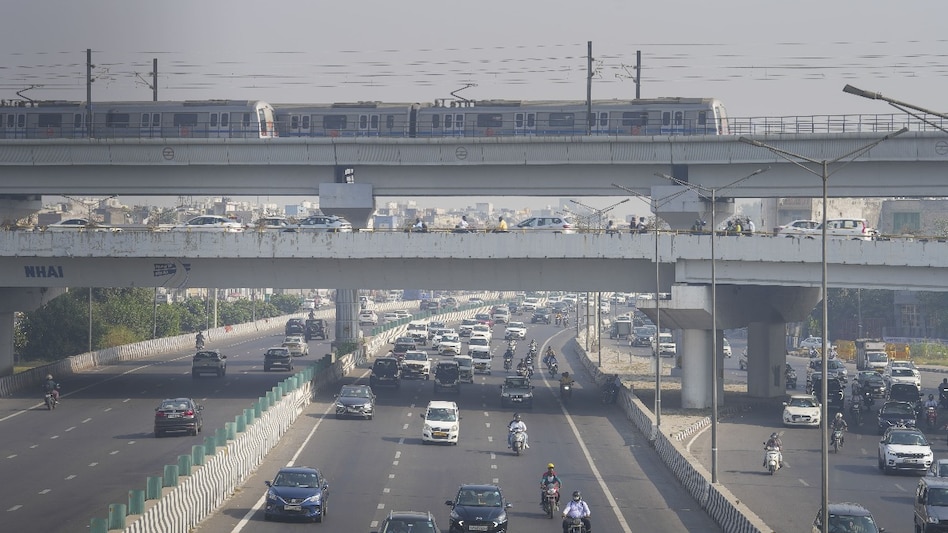 delhi air pollution
delhi air pollution delhi air pollution
delhi air pollutionDelhi experienced a modest improvement in air quality on Thursday, attributed to elevated wind speeds that aided in dispersing pollutants. However, the Air Quality Index (AQI) remained firmly in the "very poor" category, recording a 24-hour average of 306 at 4 PM, a decrease from 364 the previous day.
Despite this improvement, Delhi's pollution levels were the highest in the nation, as reported by the Central Pollution Control Board (CPCB). Out of 241 cities monitored, Delhi was the only one categorised as "very poor" on Thursday.
Several areas within the capital, including Dwarka, Rohini, Anand Vihar, and IGI Airport (T3), reported AQI levels that fell into the "very poor" range. Meanwhile, neighbouring regions such as Faridabad, Noida, Gurugram, and Greater Noida recorded slightly better air quality in the "poor" category.
Mahesh Palawat from Skymet Weather Services noted that the improved air quality was linked to increased wind activity, explaining, "Today, the wind speed was relatively higher than yesterday. Consistent winds from a particular direction can help disperse pollutants."
The transport sector emerged as the largest contributor to Delhi's pollution, responsible for approximately 16.3% of emissions, up from 13.5% the previous day. The CPCB recorded PM2.5 levels at 122.6 micrograms per cubic meter, indicating a significant health risk due to fine inhalable particles.
In addition to vehicular emissions, agricultural activities also contributed to air quality issues, with 57 farm fire incidents reported in Punjab, 15 in Haryana, and 68 in Uttar Pradesh on Thursday.
In response to the deteriorating air quality, Delhi's Lieutenant Governor VK Saxena convened a meeting with officials of the Delhi Disaster Management Authority, where the focus was placed on robust dust removal and pollution mitigation strategies.
Environment Minister Gopal Rai indicated discussions about adjusting government office hours to reduce traffic congestion, thus lowering pollution.
Delhi's government has also proposed the possibility of conducting artificial rain as a temporary measure in response to the worsening conditions. The Municipal Corporation of Delhi (MCD) announced plans to allocate ₹20 lakh per zone for enhanced air quality management, targeting dust pollution through operational improvements in machinery.
As winter approaches, experts warn that dropping temperatures combined with low wind speeds could lead to intensified smog and higher pollution levels. Despite the recent fluctuations in air quality, the daytime temperature in Delhi was recorded at 34 degrees Celsius, slightly above normal, with humidity levels between 52% and 70%.